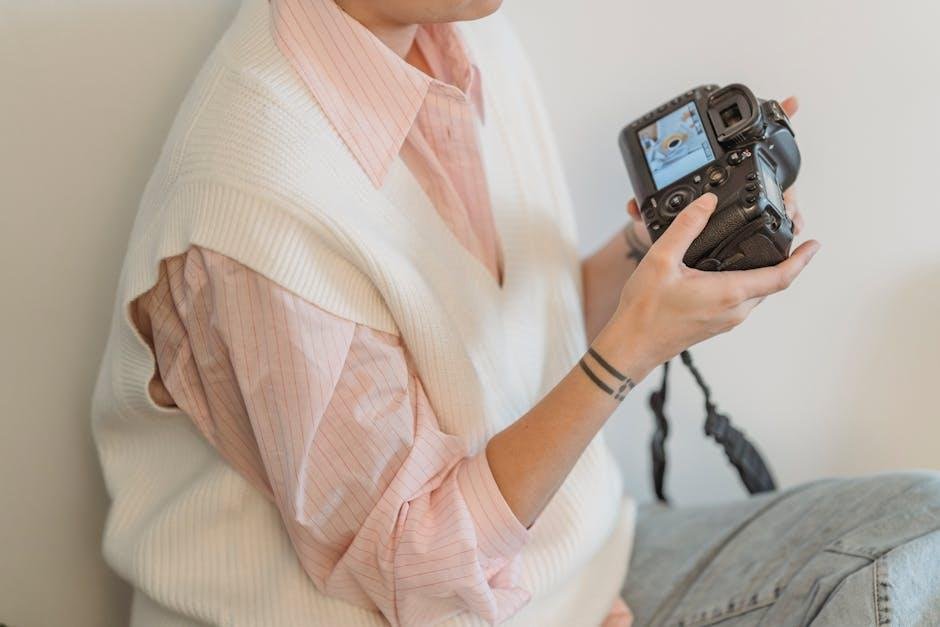Welcome to the fascinating world of DIY gene editing! With advances in technology making it easier and more affordable than ever, individuals outside traditional labs are exploring the possibilities of tweaking DNA at home. This exciting frontier raises big questions about ethics, safety, and what it really means to take biology into your own hands. In this post, we’ll dive into the lively debate surrounding DIY gene editing, unpack what it involves, and explore the potential risks and benefits that come with this powerful—and sometimes controversial—tool. Whether you’re a curious hobbyist or just want to understand more about this cutting-edge trend, stick around as we break it all down in friendly, easy-to-understand terms!
Table of Contents
- Understanding the Basics of DIY Gene Editing and Its Rising Popularity
- Ethical Dilemmas and Safety Concerns in Home Gene Editing
- How DIY Gene Editing Could Impact Medicine and Everyday Life
- Practical Tips for Staying Safe and Informed If You’re Interested in Trying DIY Gene Editing
- In Retrospect
Understanding the Basics of DIY Gene Editing and Its Rising Popularity
Over the past decade, gene editing has transitioned from the realm of professional laboratories to the hands of curious hobbyists and biohackers. Fueled by accessible tools like CRISPR-Cas9 kits, DIY gene editing empowers individuals to experiment with genetic modifications outside traditional scientific settings. This democratization has sparked a surge in at-home biology projects, from simple bacterial tweaks to more ambitious attempts at plant or yeast modification. Key factors driving this trend include:
- Affordable and user-friendly gene editing kits
- Online communities sharing protocols and discoveries
- Educational platforms providing step-by-step gene editing guides
- Growing curiosity about genetics and personalized biology
However, the popularity of DIY gene editing has also ignited important conversations about safety, ethics, and regulation. While enthusiasts emphasize innovation and learning, critics caution about unintended consequences and biosecurity risks. Navigating this rapidly evolving space requires balancing the excitement of genetic exploration with responsible practices. As more people dive into genetic tinkering, ongoing dialogue between hobbyists, scientists, and policymakers will be crucial to ensure that this powerful technology is used wisely and safely.
Ethical Dilemmas and Safety Concerns in Home Gene Editing
The rise of DIY gene editing kits has ushered in a new era of personal science, but it also opens the door to profound ethical questions. When individuals start editing DNA in home settings, there’s a risk that this powerful technology could be misused or applied without appropriate oversight. Who decides what genetic modifications are acceptable? And how do we protect future generations from unintended consequences? These queries reflect broader societal concerns about consent, privacy, and the potential for exacerbating inequalities through genetic enhancements. Moreover, the accessibility of gene editing tools might encourage experiments without rigorous scientific methodology or ethical consideration.
Safety is another critical dimension that cannot be overlooked. Without controlled environments or professional guidance, home gene editing presents considerable hazards—not just to the experimenter but also to the community. Possible risks include:
- Unintended mutations leading to harmful biological outcomes
- Cross-contamination or accidental release of modified organisms
- Lack of proper disposal protocols for biohazardous materials
Ensuring that those engaging in gene editing have access to accurate information, safety guidelines, and ethical frameworks is paramount. While innovation thrives on curiosity and experimentation, it must also be tempered by responsibility and respect for the complex ramifications that come with altering the code of life.
How DIY Gene Editing Could Impact Medicine and Everyday Life
Imagine a world where personalized medicine isn’t just a concept but an accessible reality for everyone. DIY gene editing is pushing the boundaries of how we understand and potentially treat diseases at the genetic level. Enthusiasts and hobbyists using CRISPR kits in their garages are experimenting with everything from improving crop yields for home gardens to exploring ways to combat genetic disorders. This grassroots revolution could accelerate medical breakthroughs by fostering innovation outside traditional labs, making treatments more affordable and customized. However, this bold approach also raises critical questions about safety, ethics, and regulation. Without stringent oversight, even well-intentioned experiments could have unintended consequences that ripple through communities.
Beyond medicine, the implications for everyday life are profound. DIY genetic tweaking may lead to:
- Personalized nutrition plans crafted from one’s unique genetic profile
- Enhanced household plants and pets adapted to environmental conditions or personal preferences
- Self-created biofuels or materials using microbes engineered at home
These innovations could democratize science, putting powerful tools into the hands of individuals. Yet the journey demands a careful balance between fostering creativity and ensuring responsible practices—making education and community-driven ethical standards more important than ever.
Practical Tips for Staying Safe and Informed If You’re Interested in Trying DIY Gene Editing
Embarking on a journey into the world of DIY gene editing requires more than curiosity—it demands caution, preparation, and responsibility. Before diving in, make sure to educate yourself thoroughly through reputable sources such as scientific journals, university publications, and established biohacker forums. Joining online communities or local biohacking groups can provide valuable insights and chances to ask questions, but always verify the information independently. Never underestimate the importance of handling biological materials with proper protective gear, including gloves, goggles, and lab coats, even in makeshift home labs. Understanding the legal landscape in your region is equally critical, as gene editing is highly regulated or restricted in many countries.
Keeping safety as your priority also means having the right setup to minimize contamination risks and unexpected reactions. Invest in basic lab equipment like sterilized pipettes, disinfectants, and a properly ventilated workspace. Document every step meticulously—not just as a record, but to analyze results and troubleshoot safely. Remember, gene editing isn’t just science; it’s a responsibility. Surround yourself with a network—scientists, ethicists, or DIY enthusiasts—who can provide support and guidance. Here are a few quick tips to keep in mind:
- Verify the reliability of your genetic materials and reagents before use.
- Maintain thorough sterilization protocols to avoid contamination.
- Keep detailed logs of experiments and their procedures.
- Stay informed about updates in bioethics and legislation.
- Seek advice from experienced molecular biologists when possible.
In Retrospect
Thanks for joining me on this deep dive into the fascinating world of DIY gene editing! Whether you’re amazed by the science or a bit cautious about the ethical questions, it’s clear that this technology has the potential to reshape our future in incredible ways. As DIY bio continues to grow, staying informed and engaged is key—because these breakthroughs aren’t just happening in high-tech labs anymore; they’re coming to communities like ours. Whatever side of the debate you land on, one thing’s certain: the conversation about gene editing is just getting started. So, keep curious, ask questions, and let’s explore this brave new world together!
Related Products
-
Sale!
OGX Renewing + Argan Oil of Morocco, Cold-Pressed …
Beauty Original price was: $10.69.$7.97Current price is: $7.97. -
Raise Them Well Mom Multi+ Daily Multivitamin for …
Mom $27.99 -
Sale!
Men’s Bomber Jacket Fashion Stylish Lightweight Wi…
Clothing Original price was: $39.99.$32.99Current price is: $32.99.


![Stop! Or My Mom Will Shoot [DVD] Stop! Or My Mom Will Shoot [DVD]](https://wp.fifu.app/rootedmomlife.com/aHR0cHM6Ly9tLm1lZGlhLWFtYXpvbi5jb20vaW1hZ2VzL0kvODF3bGFsaEVIWUwuX1NMMTUwMF8uanBn/06c7ee3d1271/stop-or-my-mom-will-shoot-dvd.webp?w=300&h=300&c=1&p=35520)




